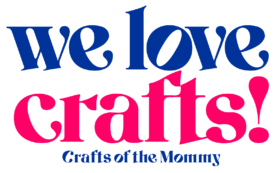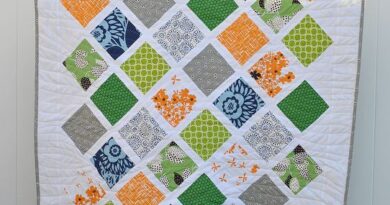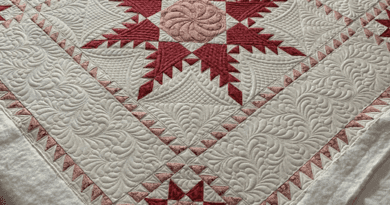Healing Hearts Quilt
Trend: everything you need to know about Patchwork! Have you ever imagined using scraps that would be thrown away to create a quilt, a pillow, and other decorative items? And have you heard about patchwork? It is a technique of splicing fabrics to illustrate people, animals, objects, and whatever else your imagination can think of. Read this post and discover a simple and economical way to offer the best to customers who trust your work! The power of patchwork – In case you don’t know, this technique is nothing more than working with patchwork and is composed of 3 layers:
- Top: layer where the patches are sewn together;
- Filling: layer with a material to give volume to the product;
- Lining: layer that has a special fabric to finish the piece. Together, these three layers form a kind of fabric sandwich with various colors and shapes.
It is worth mentioning that all the layers are held together by stitching – also called quilts. Below are the two most common types of quilt:
The hand quilt: If this type of quilt is chosen, use special threads to quilt the artwork in the tone of the fabric or else in contrasting colors. After choosing the material, tie a knot at the end of the thread and pass the thread through the 1st layer of patchwork. With the thread now in the center of the fabric sandwich, sew the 3 layers with regular and small basting stitches, always quilting from the center of the artwork to the edges. To finish, simply return the needle about 4 or 5 stitches and hide the thread between the filling and the lining. See how much simpler it is than it looks?

Machine quilting: Don’t think that you can’t work with patchworks just because you don’t know how to handle threads and needles. There are machine feet that facilitate (and a lot) this craft alternative. The most used model for straight quilting is the walking foot, and for free quilting, the big foot. You just need to define your choice and then determine the lines, the layout and the spacing of the work.
The materials: Of course, the results will be better with good materials. So be on the lookout for the best items:
- Circular cutter: the ideal is to start with a cutter that has a 45 millimeter blade, as it is synonymous with more agility and precision in cutting. Remember that care must be taken when handling such a sharp device;
- Cutting base: this plate is optional, but very useful for those who are still inexperienced. Its markings are perfect for those who like accuracy;
- ruler for patchwork: give preference to rulers with visible angles and measurements;
- Fabrics: we recommend choosing cotton fabrics to ensure the quality and stability of the work;
- Thread: must also be cotton;
- Needles and pins: the most indicated are long pins;
- Pencils and pens: who can follow lines without markings? Use them to help with orientation;
- Scissors;
- Pompoms and tools for fuxico molds: there are plenty of options, so choose the one you like the most;
- Hot-melt adhesive and interlining: great for customizing your pieces;
- Iron. See how little it takes to renew and create through patchwork? Be sure to follow us and check out more tips!
PDF PATTERN FREE
 SEE TOO : Bargello Quilts
SEE TOO : Bargello Quilts


